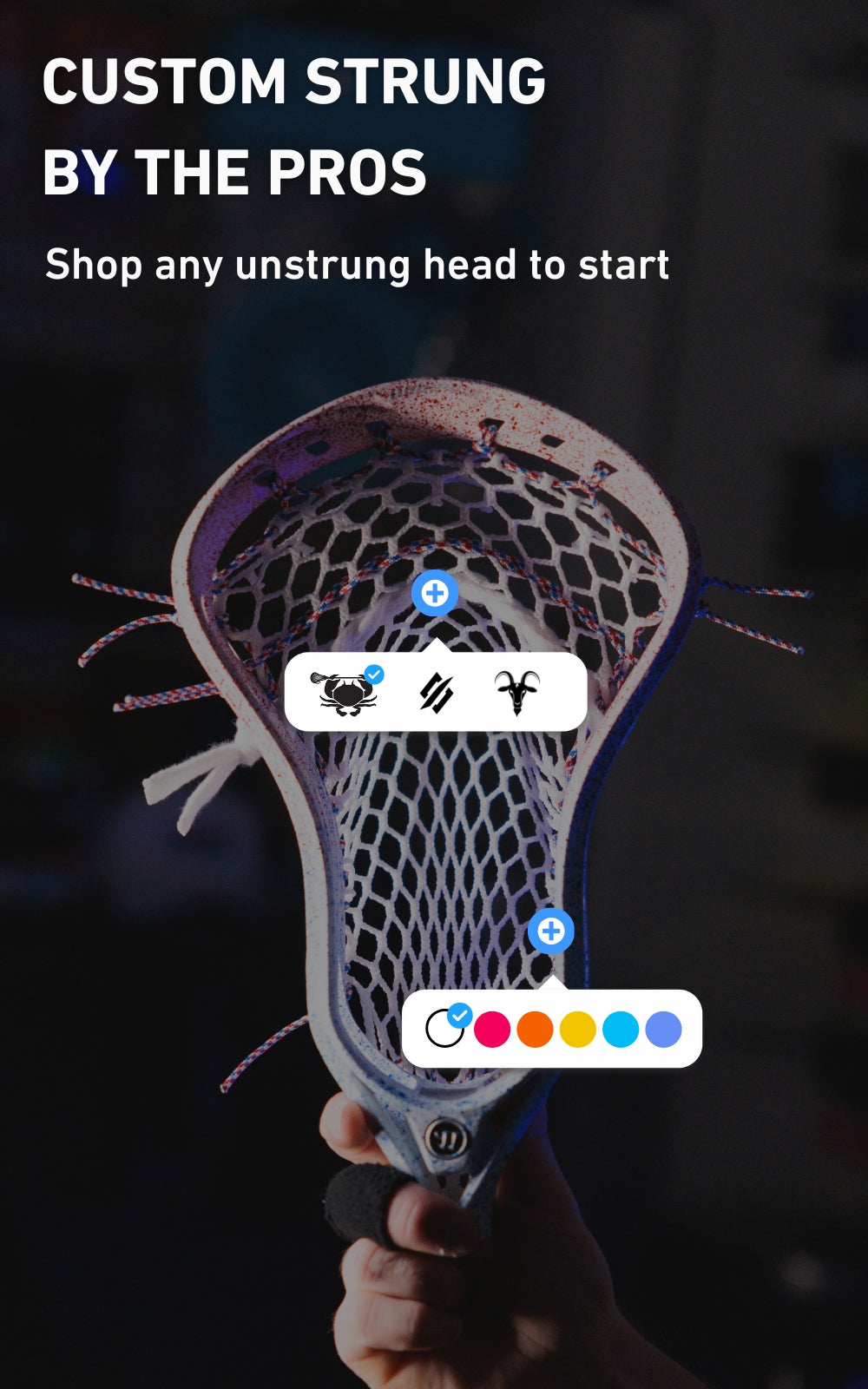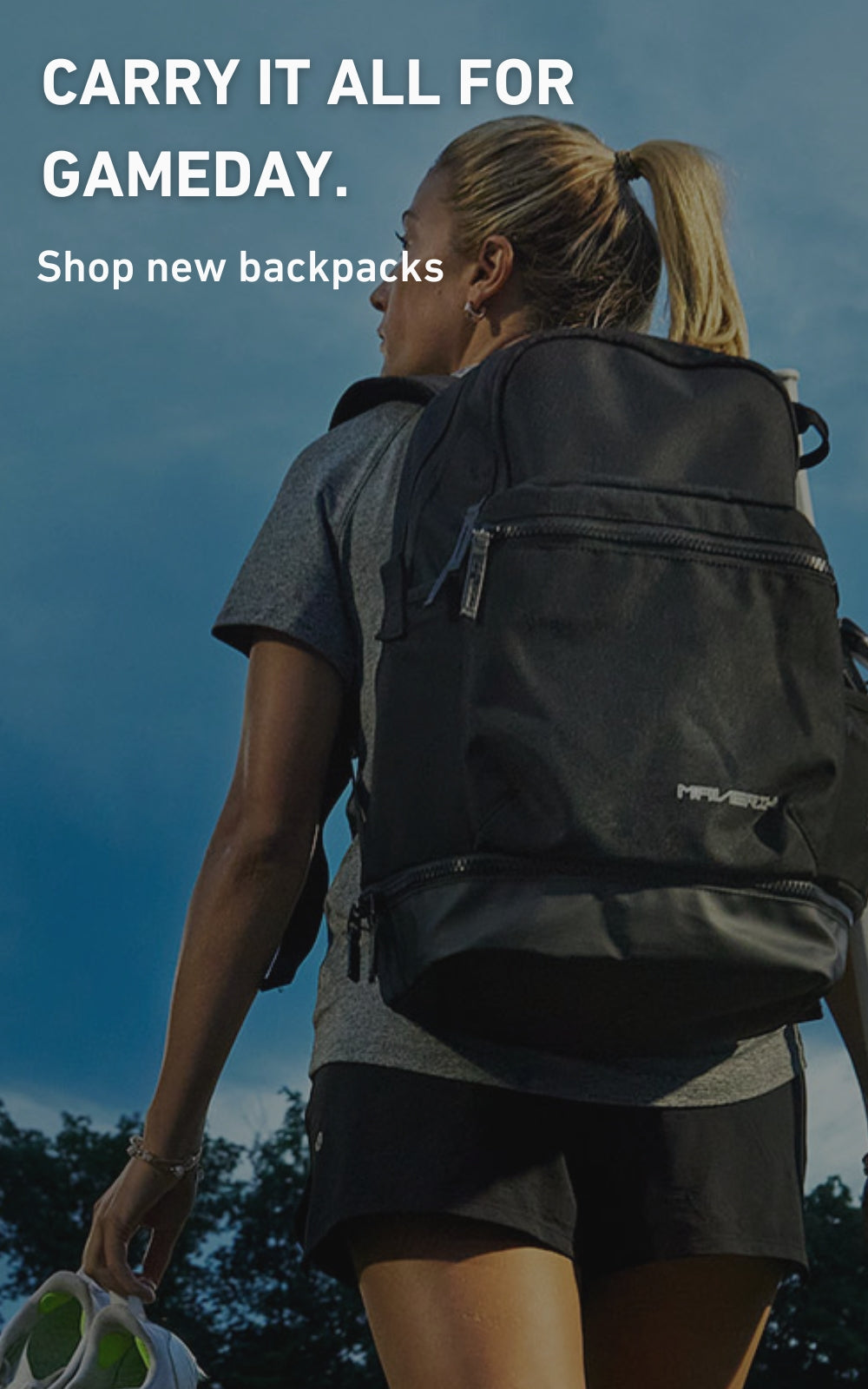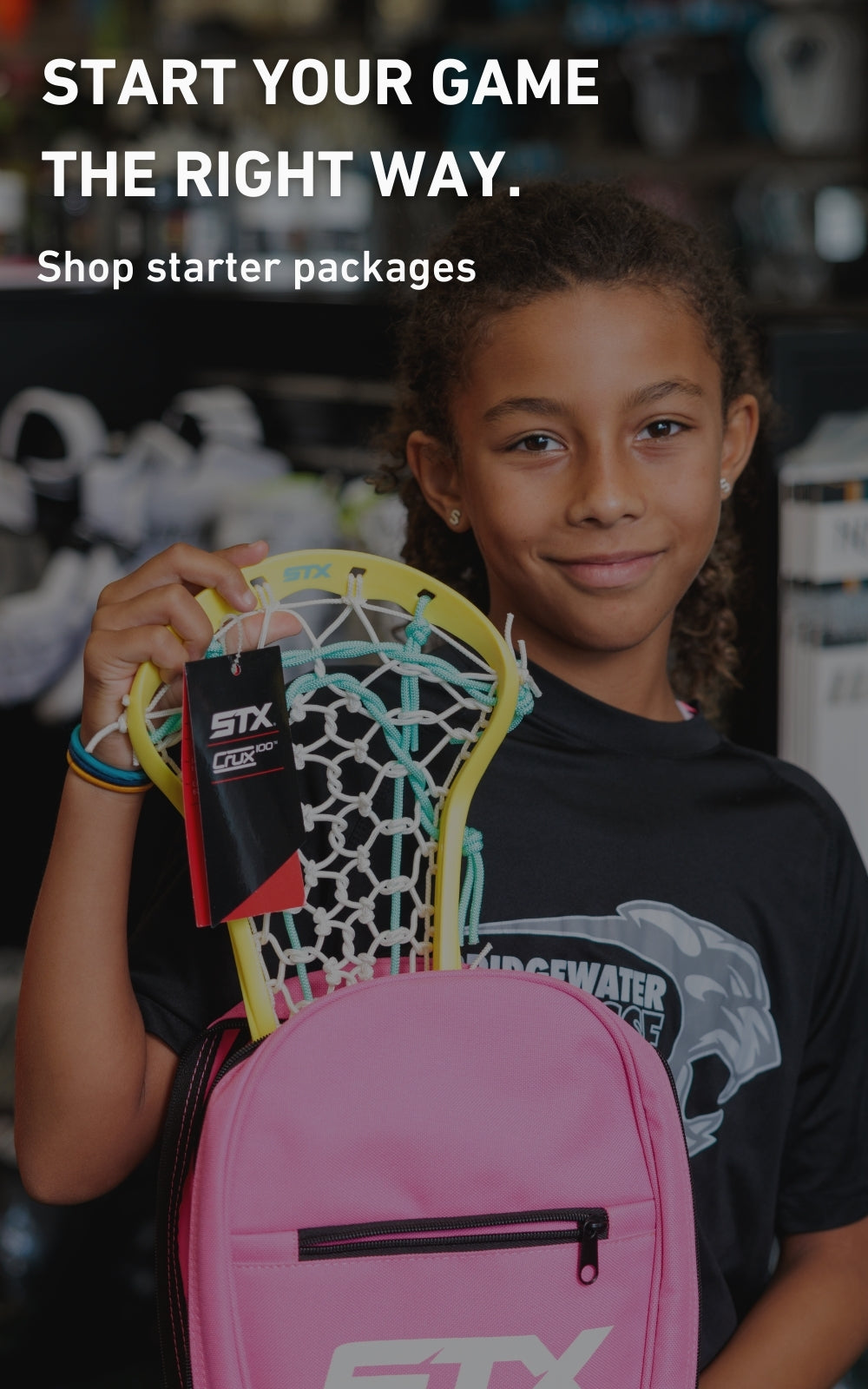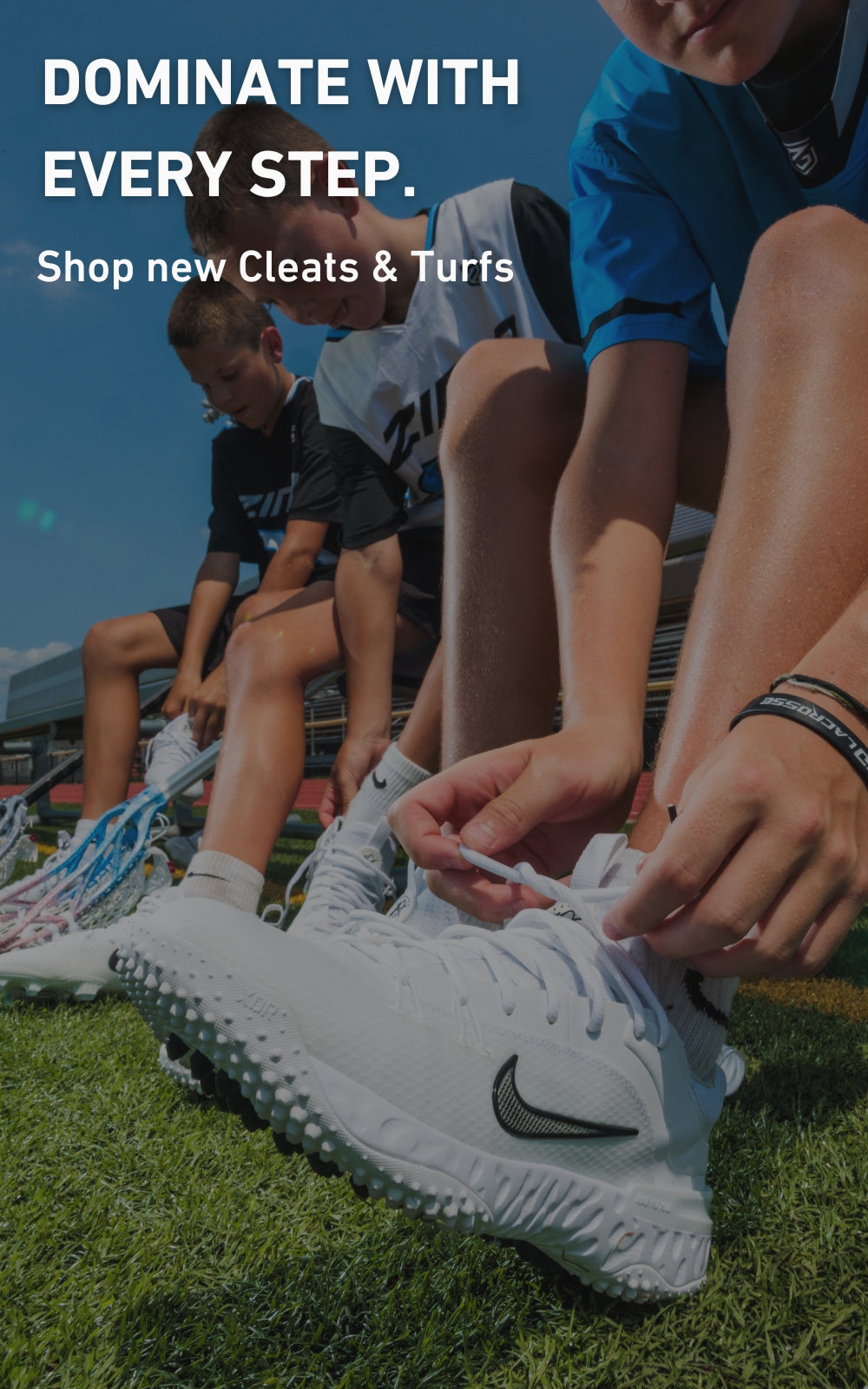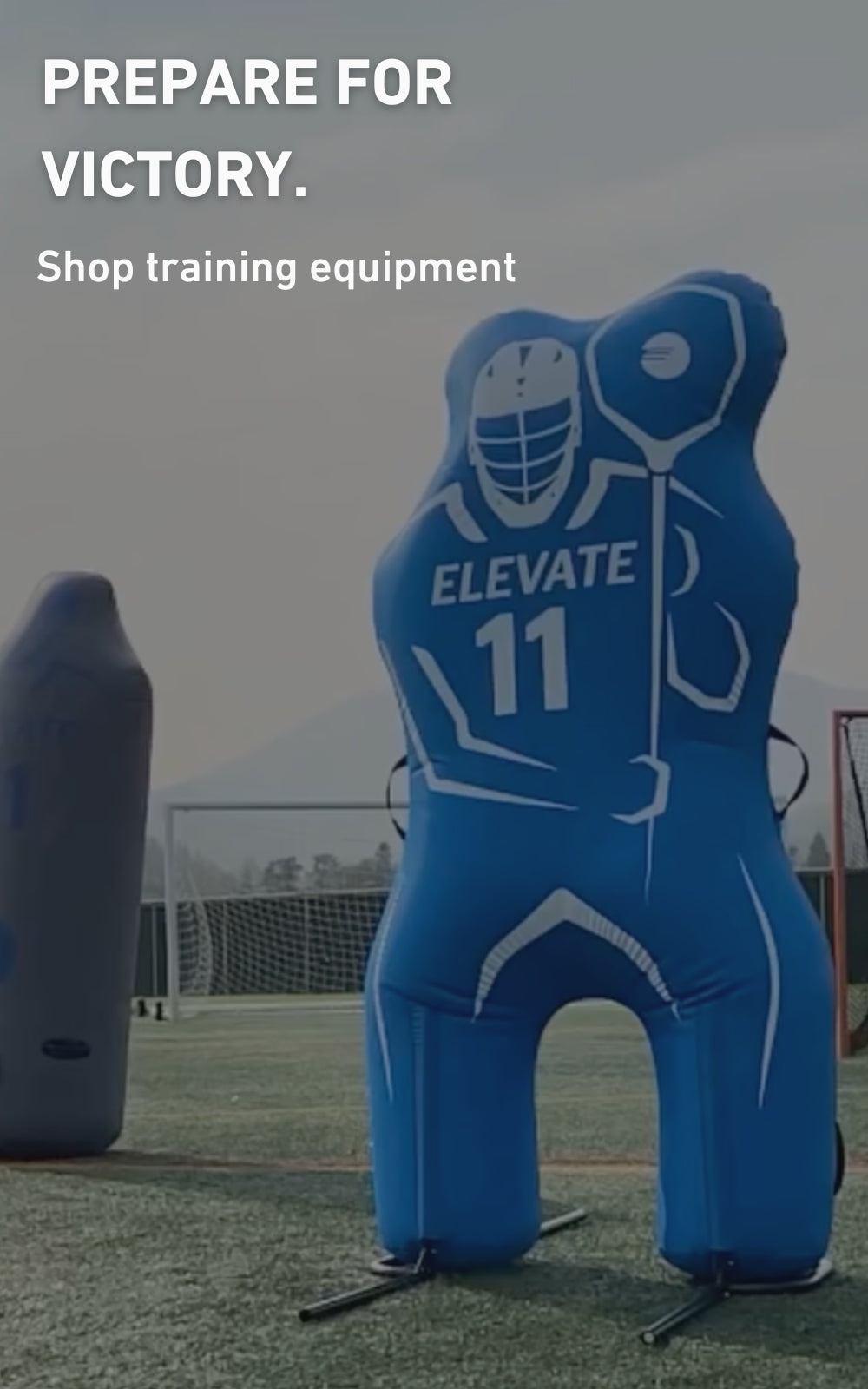Everything you need to know about Helmet shopping and wearing
Call it a helmet, a bucket, or a lid, most lacrosse players and coaches who have been in the game for a while recognize the importance of protecting your head. Playing lacrosse for the past 13 years, I have had the misfortune to suffer from multiple concussions and see teammates and opponents alike sustain a whole range of head injuries from buying and wearing their helmet improperly. In the interest of helping make the game safer, this post will detail the right way to buy and size a helmet for the younger and older player.
Working at Universal, the first thing I see many customers do when shopping a helmet is go right to the latest and greatest. Be it aesthetics, or marketing, people right now tend to be trained towards the Cascade R helmet. They are not wrong either, the R is a great helmet worn by pros and college players all around the nation. However, this does not make it a great helmet for every single player. Yes, many helmets are adjustable, but only to a point.
As a rule of thumb, players should use a helmet that fits snug to their head all around, without applying too much pressure in any one area. It should not hurt to wear like many football helmets do in the beginning. Lacrosse helmets do not break in. They will fit the same on day one as they will on year two so long as they are properly maintained. Test the different ear pieces that come with the helmets to insure there is a piece that will fit properly.
Parents of young players need to say away from the “oh he’s going to grow into it” mentality when it comes to helmets. It is extremely dangerous to have a player who needs to wear a CS XXS helmet, running around with a new Pro 7 helmet that he can barely see out of. I have seen head and neck injuries occur that could have been avoided with some smarter shopping. Players should try on the helmet with the hairstyle he will wear while at practices and games. Helmet fit can change if a players hairstyle changes. For example, a long-haired athlete who gets a very short haircut may need to adjust the fit of the helmet.
When it comes to wearing the helmet, a lacrosse helmet should not sit too high or too low on the head. Many players today love the tilt look. While it may be popular, it can often leave the helmet too loose and expose the back of the neck and head too much. There is also the other extreme that we see in newer players. What my teammates refer to as a “middle looker” is a player who fits his helmet to see out of the second space of bars from the top of the facemask. This also can be dangerous as it exposes the throat and makes the shell fit improperly.
To get the proper amount of tilt, make sure the helmet sits low on the forehead so there is just one finger’s width of space above the eyebrows. Make sure you can see straight forward and side-to-side. Be sure there is a four-point chin-strap attached to the helmet. The chin strap should be centered under the players chin and fit snugly. If the player opens their mouth wide with a yawn, the helmet should pull down on their head. If not, the chin strap needs to be tighter. Once the chin strap is fastened, the helmet should not move in any direction, back-to-front or side-to-side.
Remember that every payers head is different. Some players have watermelon heads, others have peanuts. Make sure to find the right helmet for the person who is using it, NOT the one that matches the team or looks the coolest. Nobody looks good with a concussion or stitches. Below I will leave tips for maintaining your helmet once you have the right one. I hope this article is helpful, feel free to call Universal Lacrosse or Email with any questions. As always, IT’S ALL U!
Here are some tips for maintenance of a helmet:
- Take care of the helmet - Inspect for damage. Do not use a cracked or broken helmet or a helmet that is missing any padding or parts. Check for missing or loose parts and padding before the season and regularly during the season. Replace helmet screws and T-nuts before each new lacrosse season and replace facemasks if they are bent.
- Cleaning - Clean the helmet often inside and out with warm water and mild detergent. Do not soak any part of the helmet, put it close to high heat, or use strong cleaners.
- Protection - Do not let anyone sit or lean on the helmet.
- Storage - Do not store a lacrosse helmet in a car. The helmet should be stored in a room that does not get too hot or too cold and where the helmet is away from direct sunlight.
- Decoration – Do not decorate (paint or marker) the helmet without checking with the helmet manufacturer, as this may affect the safety of the helmet. This information may also be found on the instructions label or on the manufacturer’s website.
- Look For labels: Look for labels that have the date of manufacture. This information will be helpful in case the helmet is recalled; make sure it is NOCSAE ® 1 certified. That label means that the helmet has been tested for safety and meets safety standards. If the helmet is not new, you should also look for a label that includes the date the helmet was expertly repaired and approved for use (reconditioned/recertified). Helmets that have been properly reconditioned and recertified will have a label with the date of recertification and the name of the reconditioning company.


